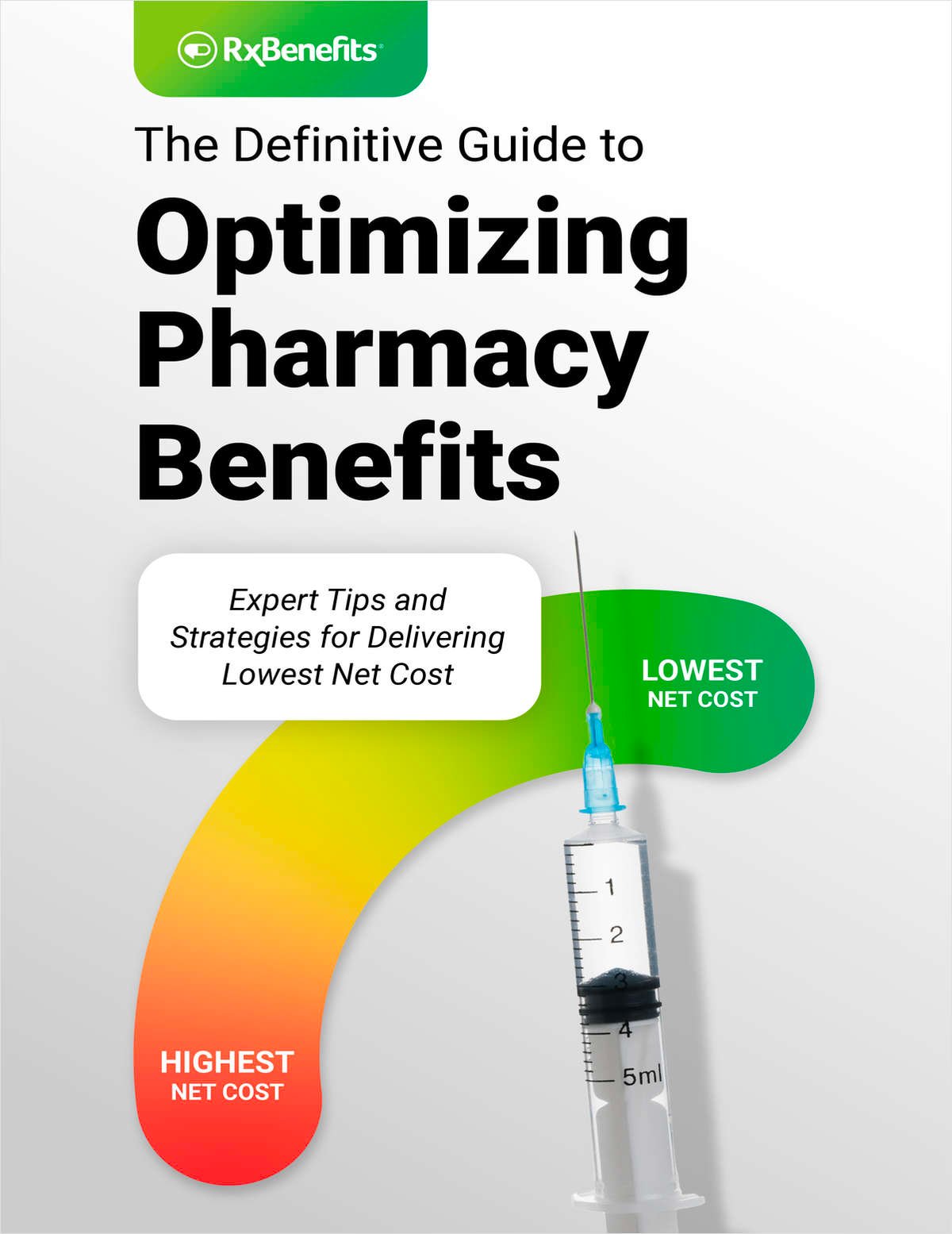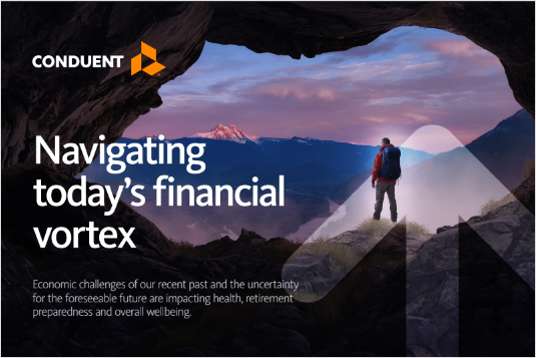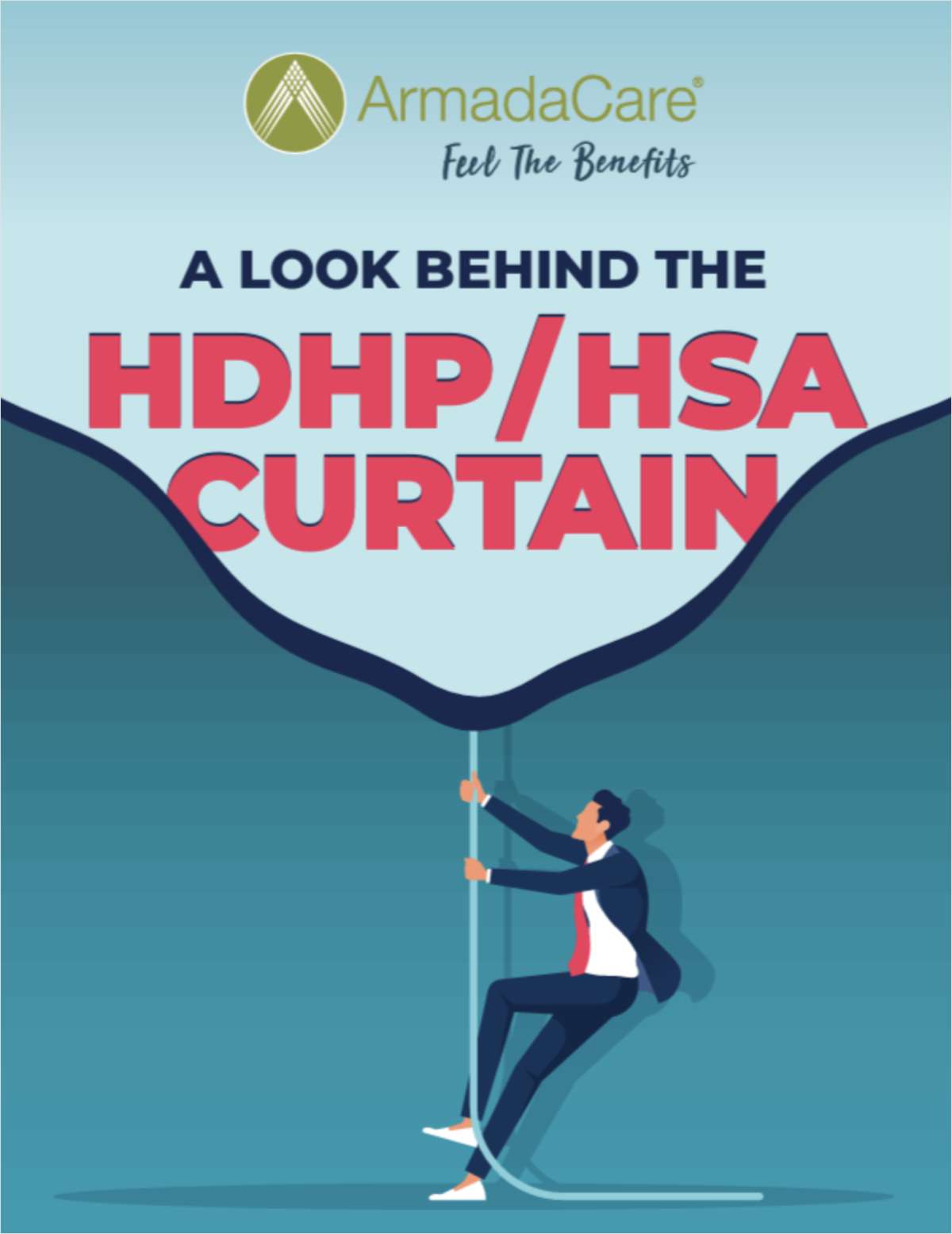In the bad old days, the market was a combination of the wild west and a P.T. Barnum inspired circus. Scams, deceits and overall anarchy ruled the day. To win in the market, a person had to either be lucky or criminal. Most honest folk, preferring the safety of interest-bearing bonds, turned askance when approached by a carpetbag-carrying salesman touting the latest elixir alongside the "next, greatest, railroad stock this side of the Union Pacific." All this Tom-Foolery ended with a resounding crash on a Black Friday one ghoulish October.
Not only did the market crash of 1929 signal the end of the Roaring Twenties, but is also ushered in the most economically dreary decade America has ever seen. Try as he might, all of FDR's horses and all of FDR's men couldn't put the economy together again. Yet, two actions taken early in his term set the stage for the vigorous return of capital markets – and the economy – following the close of World War II.
The first was the creation of the Securities and Exchange Commission to monitor the honesty of the agents of the markets. The second was a series of Securities Laws to level the accounting playing field. No longer were corporate financials held close to the vests of a precious few. Now, everyone got to read – and analyze – those fiscal tea leaves.
Continue Reading for Free
Register and gain access to:
- Breaking benefits news and analysis, on-site and via our newsletters and custom alerts
- Educational webcasts, white papers, and ebooks from industry thought leaders
- Critical converage of the property casualty insurance and financial advisory markets on our other ALM sites, PropertyCasualty360 and ThinkAdvisor
Already have an account? Sign In Now
© 2024 ALM Global, LLC, All Rights Reserved. Request academic re-use from www.copyright.com. All other uses, submit a request to [email protected]. For more information visit Asset & Logo Licensing.








